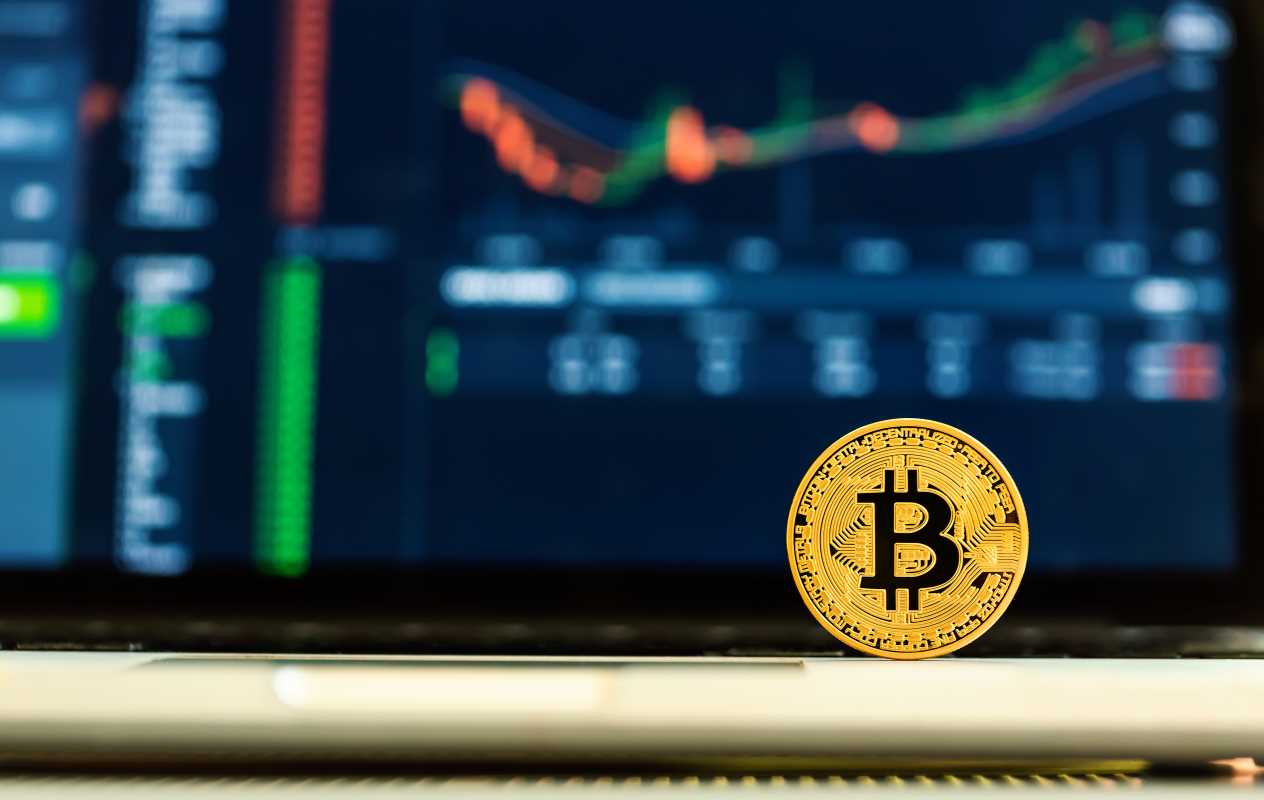Buy Now, Pay Later (BNPL) services are taking the world of shopping by storm, offering a way to buy what you need now while splitting the payments into smaller chunks. With promises of no interest if paid on time, minimal credit checks, and flexibility, it’s no wonder these services have become popular with shoppers of all ages. As convenient as they may seem, BNPL isn’t as straightforward as it appears. From late fees to credit implications and the psychological lure of deferred payments, BNPL can pose hidden risks. Understanding these potential pitfalls can help you make smarter financial decisions and avoid costly mistakes.
What Are Buy Now, Pay Later Services?
BNPL platforms like Afterpay, Klarna, and Affirm allow you to purchase an item and pay for it over a series of equal installments, typically four payments spread over six weeks. The first payment is made at checkout, with the rest automatically withdrawn from your linked debit or credit card. Many advertise themselves as “interest-free,” provided payments are made on time, and most require only a soft credit check or none at all.
The appeal lies in the simplicity and accessibility, especially for those who may not qualify for traditional credit cards. But dig deeper, and you’ll find that BNPL often comes with hidden costs that can catch users unaware.
Why BNPL Is Appealing
The flexibility of BNPL services is their main draw. A $200 purchase broken into $50 four-weekly payments feels lighter on your wallet. Retailers gain, too, as BNPL has been shown to boost sales, with larger average transaction amounts.
Unfortunately, this flexibility can lead to a false sense of affordability. Shoppers may overestimate their ability to manage multiple payments, leaving themselves vulnerable to financial strain.
The Hidden Costs of BNPL
BNPL services are not without their downsides. Let's take a closer look at some of the hidden costs and risks.
1. Late Fees and Additional Costs
Although most BNPL services don’t charge interest on their standard plans, late fees can kick in if payments are missed. These fees vary by provider. For instance, Afterpay caps late fees at 25% of the purchase value, while other platforms charge flat fees or penalties that grow the longer payments are overdue.
Many BNPL services use auto-debit systems. If your linked account doesn’t have sufficient funds, this could lead to overdraft fees from your bank, adding another layer of expense to what initially seemed like an affordable purchase.
2. Potential Credit Impact
While BNPL providers often promote that their services won’t affect your credit score, this is only partly true. Most don't report your payment history to credit bureaus, so consistent, timely payments won’t improve your credit score. Although missed payments may be sent to collection agencies, which could harm your credit.
Some BNPL providers, like Affirm, have started reporting payment behavior to credit bureaus. This can be an opportunity for responsible users to build their credit, but this practice is still not standardized across the industry.
3. Encourages Overspending
One of the biggest risks of BNPL is that it encourages you to spend more than you might otherwise. Breaking a large payment into smaller chunks can create the illusion that items are more affordable. This is exacerbated by marketing tactics from retailers and BNPL companies, highlighting payment plans at checkout to nudge users into adding more to their carts.
Studies show that BNPL users often make higher-value purchases compared to those who pay upfront. This can disrupt budgets and make it harder to save for future goals.
4. Mental and Financial Overload
Managing multiple BNPL plans across different platforms can become overwhelming. With different payment schedules and automatic withdrawals, it’s easy to lose track of what you owe. This kind of “payment clutter” can lead to financial stress, especially if due dates overlap or funds are unavailable.
Psychologically, breaking payments into smaller installments creates a disconnect between the original purchase price and the ongoing payments, leading to less mindful spending.
5. Opaque Terms and Conditions
Not all BNPL plans are truly interest-free. Some providers offer long-term financing options that come with interest rates comparable to credit cards. Additionally, the terms and conditions of these services often lack transparency, leaving customers surprised by fees and penalties they didn’t anticipate.
Regulatory Response
The rapid growth of BNPL has caught the attention of regulators worldwide. In the U.S., the Consumer Financial Protection Bureau (CFPB) has ramped up scrutiny and is working to ensure clearer disclosure of fees and terms. Similarly, the EU recently updated its Consumer Credit Directive to bring transparency and protections to BNPL users.
Progress remains slow. BNPL continues to operate in a regulatory gray area, which means that consumer protections are not as stringent as those for traditional loans or credit cards.
Using BNPL Safely
BNPL isn’t inherently bad, but it’s important to approach it with caution. Here are the steps to make safe use of these services:
- Know Your Budget: Before using BNPL, make sure the repayments fit within your existing financial plan. Set aside funds to cover future payments.
- Avoid Overlapping Plans: Limit yourself to one BNPL plan at a time. Managing multiple payments can quickly spiral out of control.
- Read the Fine Print: Familiarize yourself with the provider’s terms and conditions. Look for potential fees or interest rates and whether the provider reports to credit bureaus.
- Track All Payments: Set up reminders for due dates to avoid late fees or overdrafts. Many apps allow you to monitor upcoming payments.
Ultimately, financial tools like BNPL should be used as part of a well-thought-out plan, not as a quick fix for affordability. Always prioritize your financial health above short-term gratification.
 (Image via
(Image via





